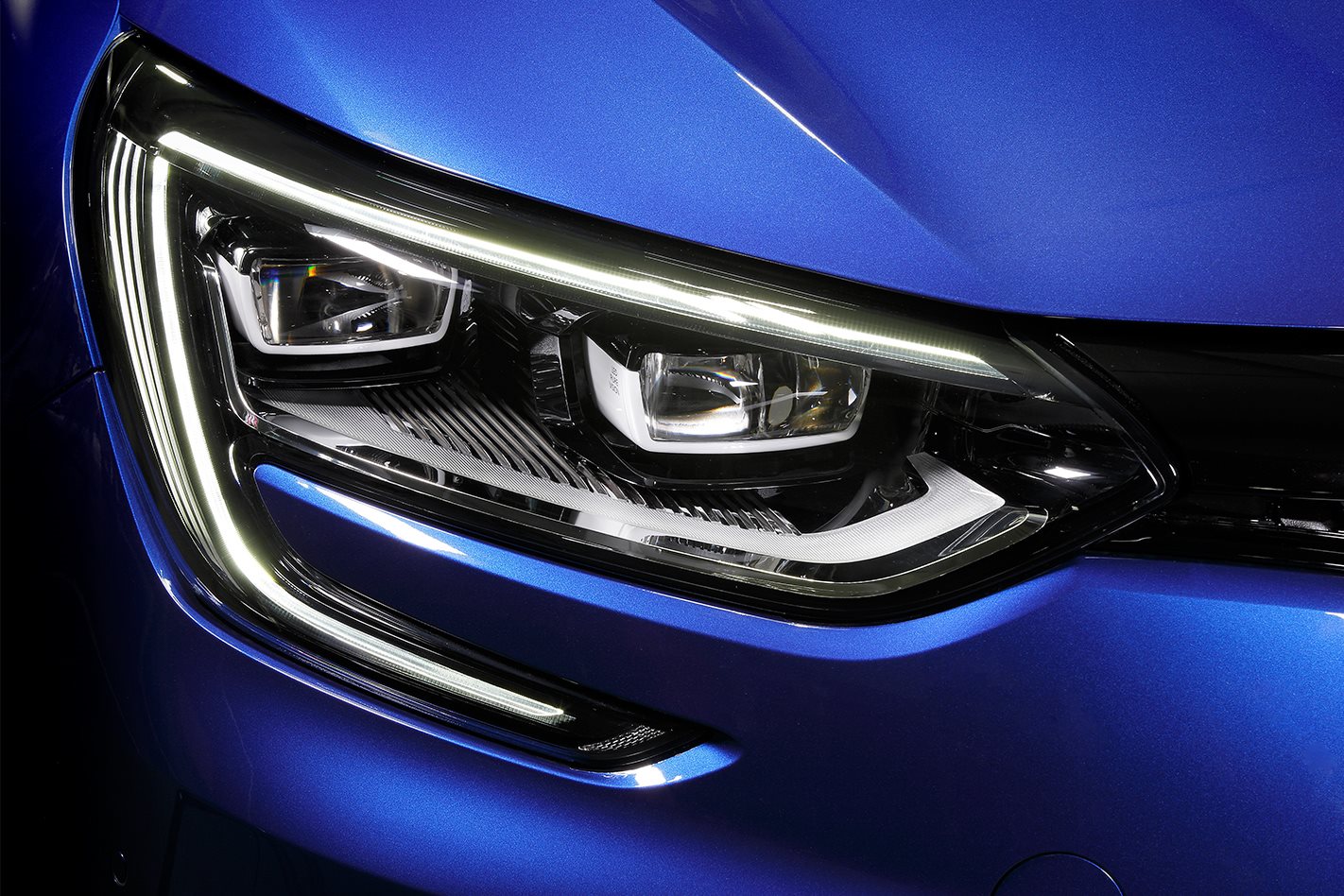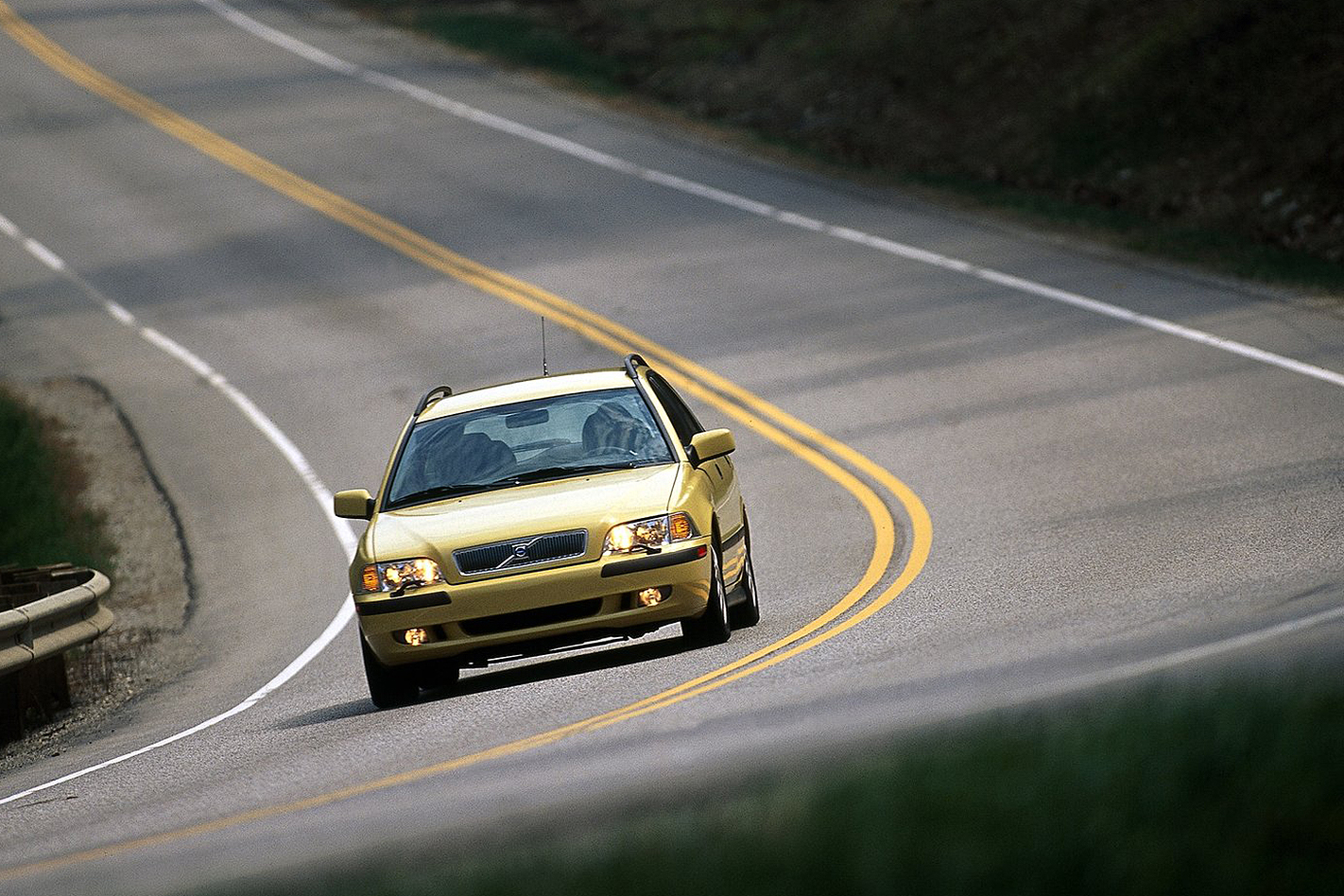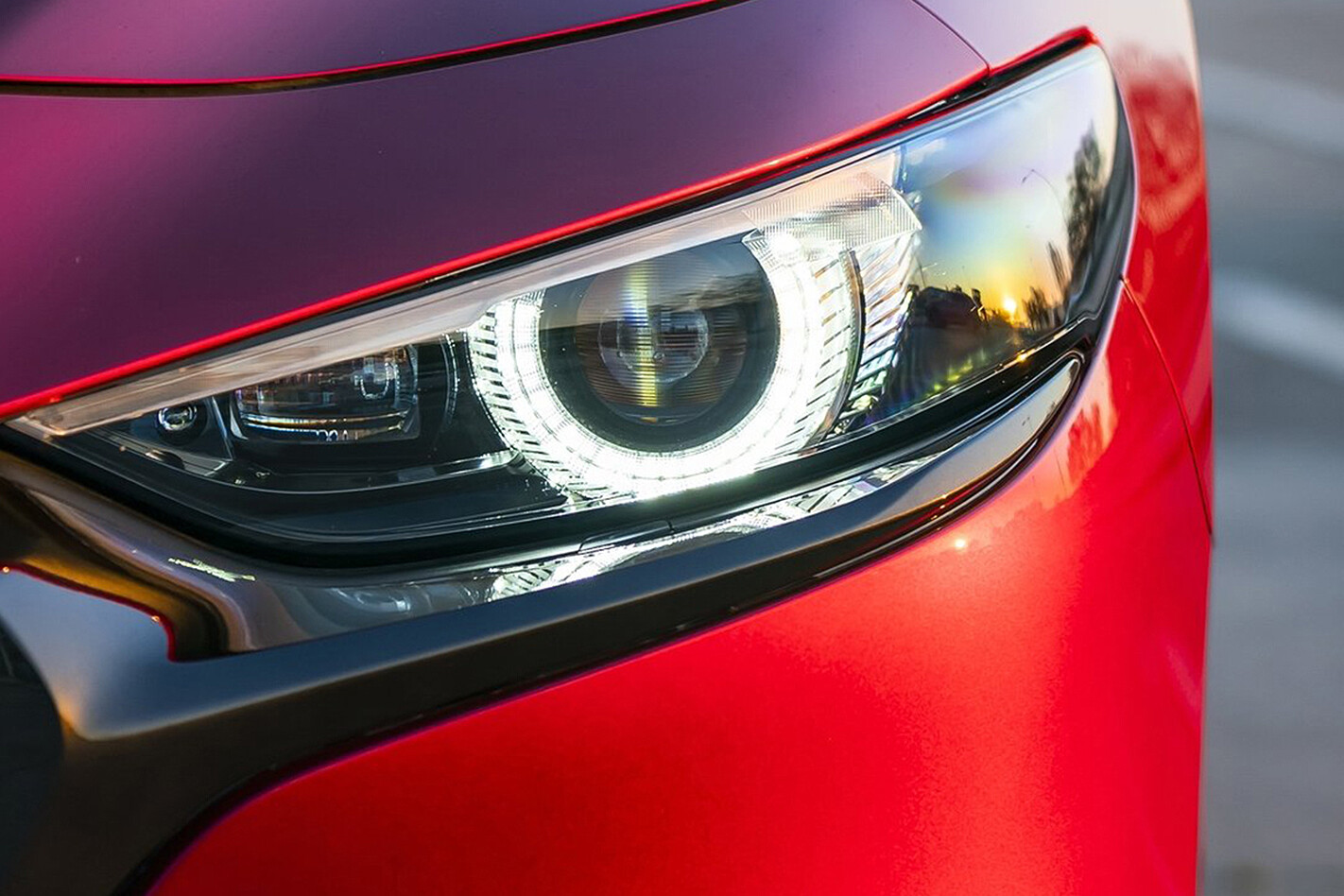
Daytime Running Lights (DRLs) – those strings of LEDs aren’t just for show: they’re primarily installed so that cars can easily be seen in all kinds of weather, and don’t function as the driver’s primary source of illumination in low light conditions.
GUESS THE DRLS: SEE PICTURE GALLERY ABOVE

While DRLs are very much in vogue now they’ve been commonplace in northern climes ever since the 1970s – Volvos equipped with the feature and imported here ‘back in the day’ used what most assumed were parking lamps as daytime running lamps, which no doubt added to the unfair poor-driver reputation levelled at their owners.
In more recent years LED technology has revolutionised DRLs. As well as being brighter and more efficient than halogen globes, LEDs afford designers more flexibility and allowed them to become a stylish feature to the car’s face and a key part of a brand’s identity.
Critics argue they’re rarely needed in Australia because blizzard-like conditions are a rarity, but vehicle-to-vehicle collisions still occur in this country so anything that can attract a driver’s attention to other cars should be encouraged.

They use less power than driving with parking lights on too – which are also connected to the tail lamps – which is why there are many products for anyone wanting to retrofit DRLs to their cars.
Retrofitting DRLs
As with any aftermarket product there are rules to fitting DRLs to a car, which include:
- Only two (a pair) of DRLs per vehicle – this means you can’t add more if the car is already fitted with them
- Each DRL globe/unit should not exceed 25 watts
- They must be installed within 510mm from the side of the vehicle – or within 400mm from the side if the car is less than 1300mm wide.
- All new units must show a white light (no fancy coloured DRLs)
- They should be wired so they turn off when headlights are switched on
- Any DRL incorporated within the front light assembly must turn off when the indicator on that side comes on (the DRL on the other side can remain on)




